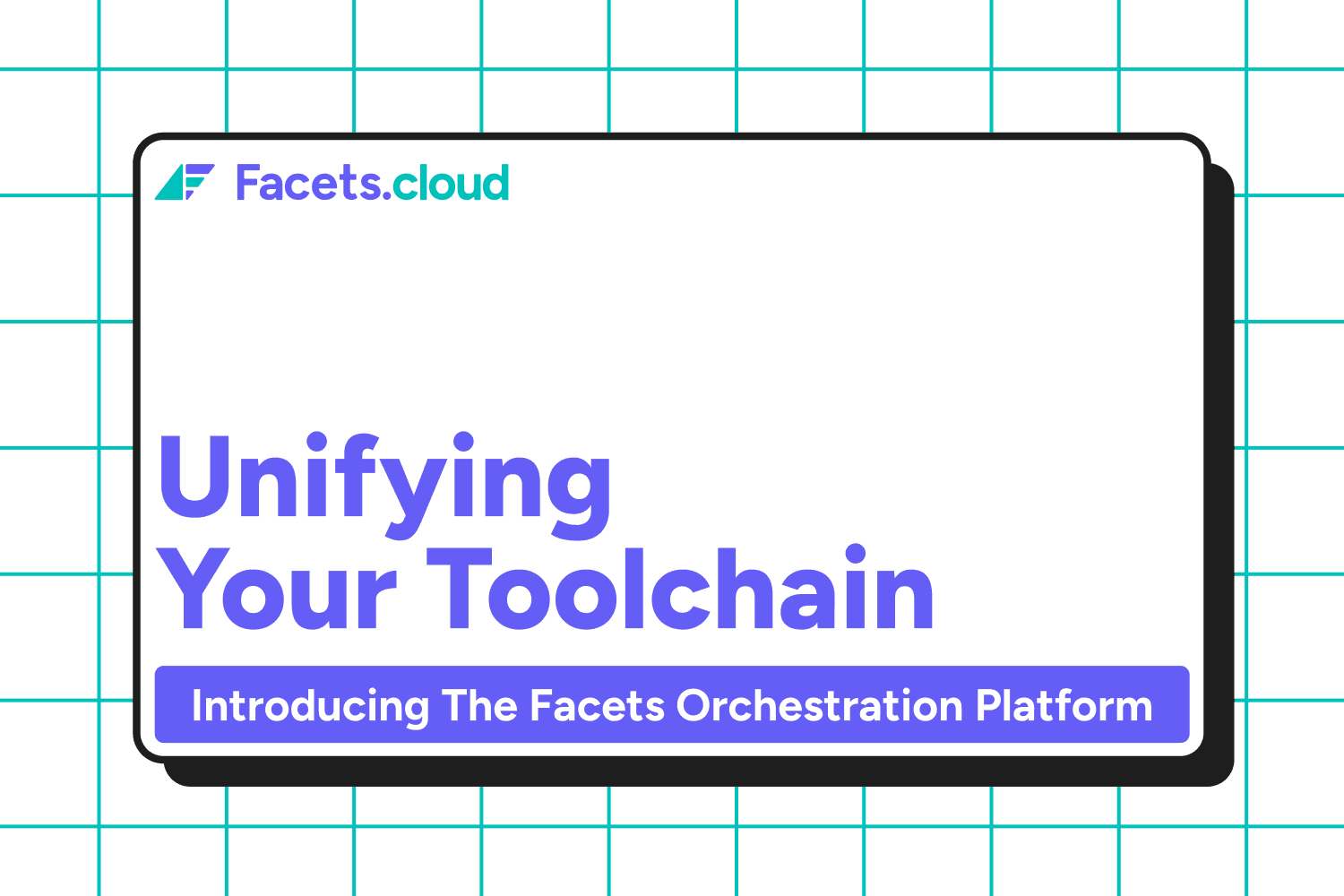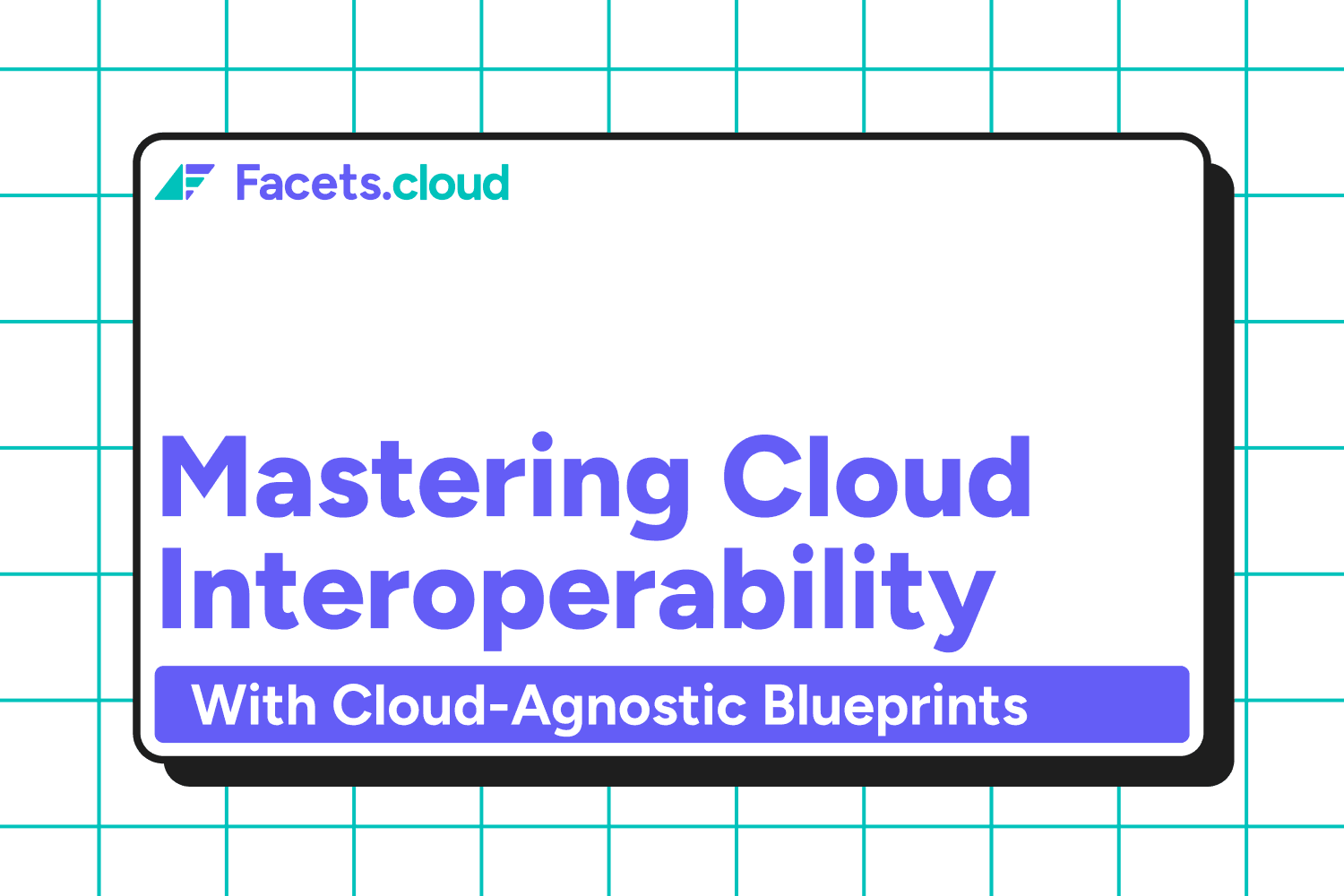What is the state of your DevOps implementation? Are your planned stories languishing while your backlog gets flooded with firefighting and unplanned stories?
Unfortunately, it’s difficult to identify systematic problems until you begin to feel their detrimental impact on your software delivery!
Here are some warning signs to watch out for:
Stability Issues in Cloud Environments
Expectations from product experiences have changed over time.
Modern-day users expect a stable, responsive, and glitch-free experience. While stability issues may creep in due to bad code and how you build your software, several problems could arise from how you ship your software too.
So what do stability issues in the cloud environments look like?
- Higher than usual outages: If you see frequent breaches in your SLAs, it’s worth digging deeper to discover what's going wrong. One of the common reasons that we have observed is the misconfiguration of cloud environments. This could arise from incomplete automation of parts of the CI/CD pipeline while still relying on manual processes for some processes.
- Poor release confidence: Safeguarding releases is usually a good thing. However, if you spot too many manual interventions by the teams to safeguard releases for every environment, it may be a sign of environmental inconsistencies.
- Lack of ease in creating new environments: Do you often hear that launching new environments is hard? This lack of ease indicates that the knowledge of setup of current environments is not centralized. Instead this knowledge is fragmented- in IaC code, configurations, manual run-books, or only known to specific team members. Developer teams need to be able to easily spin up new QA or load test environments to test new features, updates, or fixes. Unfortunately, any shortcuts here lead to issues slipping to production environments instead of being caught early.
Productivity Issues
The State of DevOps Report by Puppet shows that 78% of organizations said their teams were “stuck in the middle” of their DevOps evolution in terms of productivity.
If your developers are spending more time on toil rather than working on new features and innovations, then these signs may look familiar:
- Low Developer productivity: Developers getting frequently blocked is an indicator that can't be ignored. In the coding and build stages, developers are fairly independent and not blocked on external dependencies. However, problems arise when it comes to tasks that require handover with DevOps teams- like code releases, adding new components to environments, or configuration changes. Developers often get blocked on DevOps teams who have the know-how.
- DevOps burnout: This is an obvious sign. Ops teams are under tremendous pressure to respond to incidents quickly and they constantly need more resources. Eventually, DevOps teams burn out and suffer as they are responsible for keeping up with the latest DevOps practices while dealing with current inefficiencies.
- Ticket ops: To handle the aforementioned problems, many organizations tend to streamline the communication between developers and DevOps through tickets. Streamlining processes is a good thing but it can also indicate an over-reliance on the DevOps team. Handling ticket ops sequentially can lead to delays and blockers in the SDLC.
Issues That Create Organizational Risk
DevOps is more than just ensuring that your CI/CD pipeline runs smoothly. There are security, compliance, and observability considerations which if not implemented correctly, put the entire organization at risk. Many of these considerations can't be deferred to a later stage.
- Incomplete security posture: If your compliance audits result in last-minute fixes in environments or access, you are probably exposed to security vulnerabilities. Without audits, you would have no way of determining this risk! It would be good to have a mechanism that prevents security issues from creeping into a high velocity software delivery pipeline. This needs significant DevOps investments.
- Bloated cloud cost: This is a common problem many companies face today. Repeated cost audits are a sign of an incomplete DevOps implementation as well. Cost audit mechanisms are more of damage control action than damage prevention. A design-first cost-optimized approach to DevOps is not simple.
- Business continuity risks: Many global standards require organizations to have a business continuity plan, such as disaster recovery plans. Almost everyone claims to implement these standards. Yet, whenever there's a cloud provider issue even in a localized region, many solutions hosted on those providers go down. In our interviews with 200+ tech teams, no one has performed a flawless disaster recovery drill, yet many hope that in the event of a disaster their run-book will work - they don't!
Conclusion
In conclusion, it’s important to keep track of these warning signs in order to assess the health of your DevOps implementation.
So how does your implementation stack up?
We at Facets.cloud know that building a lean yet sturdy \implementation is not a trivial process. Contact us to find out how we can help you streamline your Devops Roadmap.


